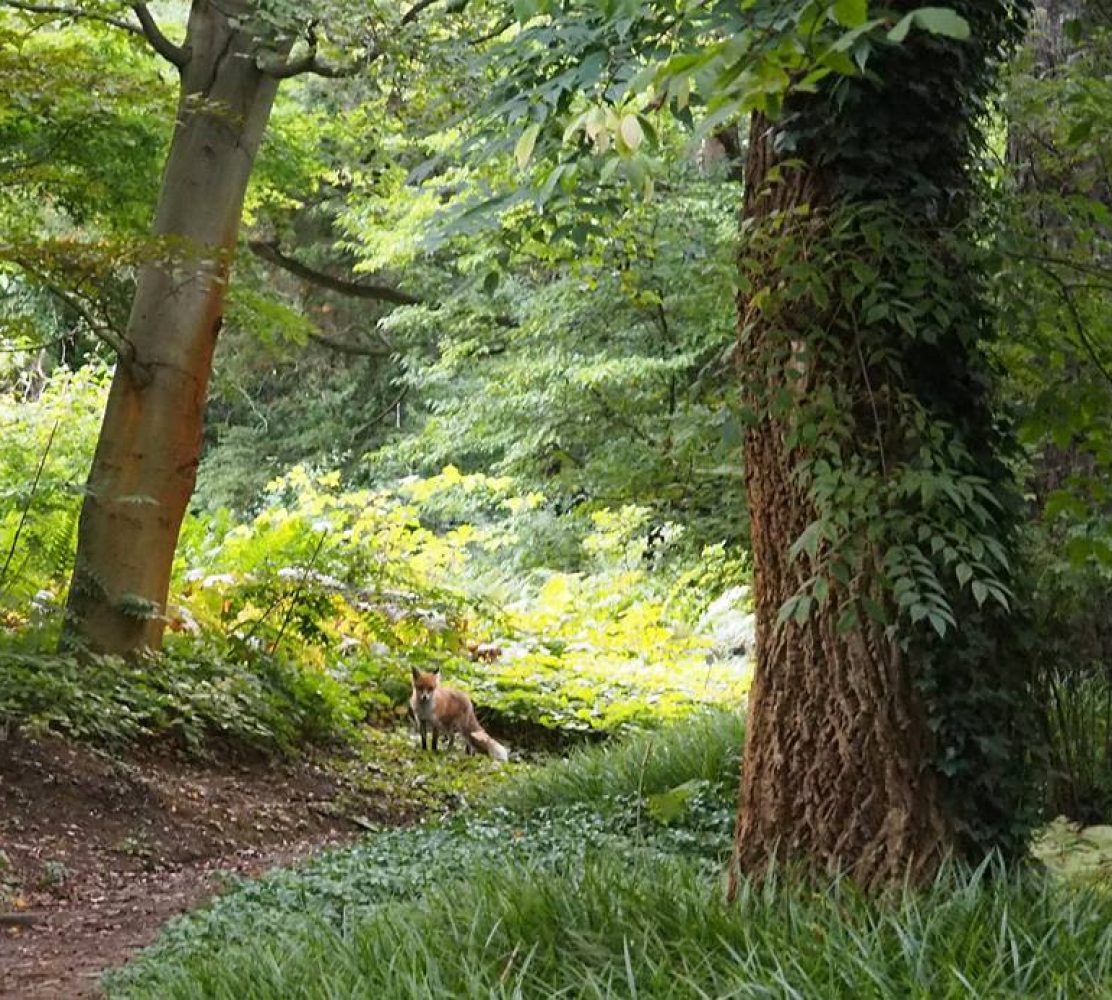The Gambia
The Gambia – a journey from Banjul to Jajanbureh


Lesotho

Namibia


South Africa


The Thomas T. Tucker Shipwreck Trail





Suikerboschfontein, Mpumalanga


The Gambia – a journey from Banjul to Jajanbureh







The Thomas T. Tucker Shipwreck Trail





Suikerboschfontein, Mpumalanga


In December we flew to Windhoek, Namibia, on KLM’s new flight route which stops over in Luanda, Angola. The idea was to do a week-long roadtrip down to Cape Town, where we would spend Christmas. To get around Namibia it’s definitely best to have a car, as it’s a big country and the distances between sights are vast. Renting a car gives you the freedom to plan your route as you like, and if you want to drive south, it’s possible to return the car at Cape Town international airport with some companies. Continue reading

My last real blog post was just before we went away for Christmas holidays to South Africa via Namibia, and now it’s February already! I feel like I’m always behind these days. In between travelling I am overloaded with work, trying to meet all my many deadlines before the next trip. At the moment I’m away again, at a meeting in Switzerland. It should calm down a bit in February, but let’s see. Hopefully then I’ll have time to update on the places we’ve visited in December and January. Here is a sneak preview in the meanwhile. Continue reading
My father is from Namibia, a vast country to the north of South Africa, on the west coast of Africa. This country has miles of open space and desert landscapes, and is one of the least populated countries in the world, with a population of 2.54 per square kilometer.
We used to drive from Cape Town to Namibia during the school holidays to stay with relatives, and when I was a kid the scenery on the highway through the car window seemed endlessly unchanging. From far away, the mountains and koppies (little hills) looked dry and barren. However, go deeper into the Naukluft mountains of the Namib-Naukluft national park and you will find a beautiful world of kloofs (ravines), emerald springs, shaded riversides scented by wild mint, cathedral-like limestone formations, and evidence of animal life all around. This world is evocatively described in the book “The Sheltering desert” by Henno Martin, one of two German geologists who took refuge in the Namib desert to avoid being conscripted into the Germany army during the second world war. Continue reading